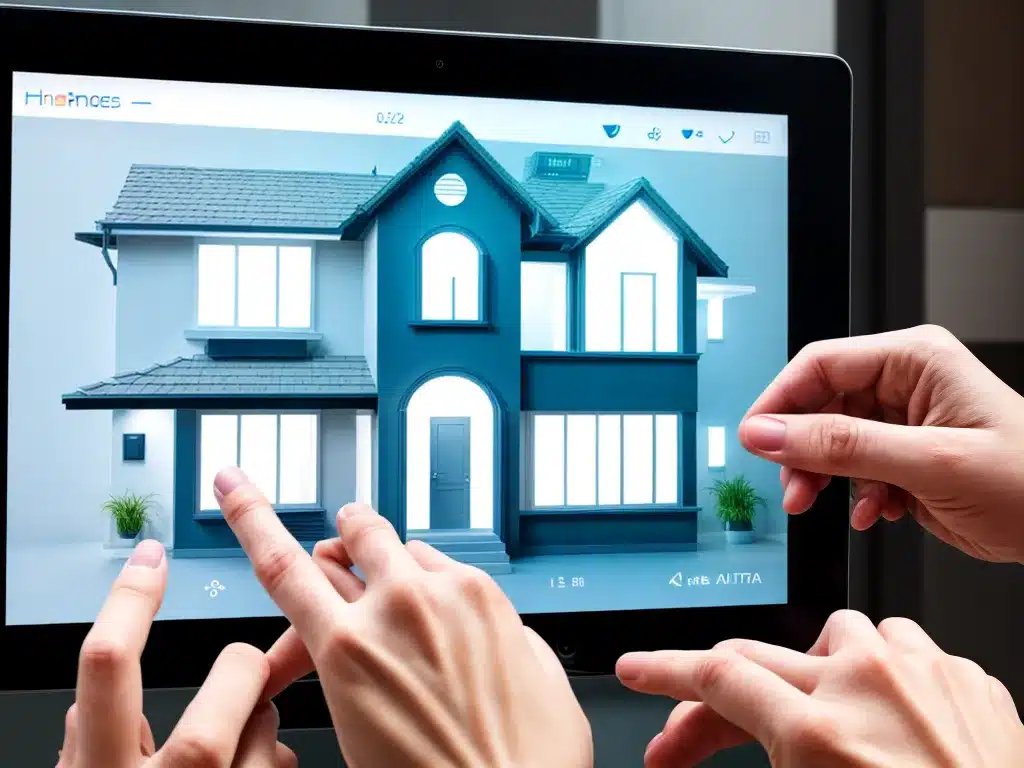
Introduction
In 2024, smart homes will become more advanced, intuitive, and ubiquitous. As artificial intelligence and internet of things (IoT) technologies continue to evolve rapidly, smart home systems will get even smarter. Homes will turn into intelligent hubs that seamlessly connect devices and anticipate residents’ needs to provide customized experiences.
Here’s an in-depth look at what I foresee for the future of smart homes in 2024.
Ubiquitous Connectivity and Interoperability
By 2024, 5G networks and WiFi 6 will offer faster wireless connectivity with lower latency. This will enable all devices and appliances to connect and communicate efficiently in the smart home.
Open standards and common platforms like Amazon Alexa, Google Assistant, and Apple HomeKit will drive greater interoperability between devices and services from different brands. As a result, smart home systems will become more plug-and-play.
“In 2024, you’ll no longer need to stick with products from just one ecosystem or smart home standard. There will be more freedom to choose best-of-breed devices and services from different providers.”
Integrations with third-party services through APIs will also expand. This will allow smart homes to leverage capabilities from a diverse range of providers in areas like home security, energy management, health monitoring, etc.
Intuitive Voice and Gesture Controls
Voice assistants like Alexa and Google Assistant will become faster, more accurate and conversational. Advanced natural language processing using deep learning will enable users to interact with smart homes using natural speech.
Beyond just issuing voice commands, you’ll be able to have natural back-and-forth conversations with your home. This will make voice control feel more human-like.
In addition to voice, gesture and motion control will provide added ways to interact intuitively with smart homes. With computer vision and sensing technologies, smart home systems will be able to recognize your gestures and respond accordingly.
Personalized Automation
Leveraging AI and big data analysis, smart home platforms will offer hyper-personalized automation based on residents’ habits, preferences and schedules.
Your home will proactively initiate actions like adjusting temperature, turning on lights, playing music, etc. based on individual users’ rhythms. Settings and automation rules will adapt automatically over time.
Users will also be able to define rich scenes, routines and triggers through apps or by voice to customize automation. This will allow smart homes to meet each resident’s unique needs.
Enhanced Home Analytics
Smart home systems will provide detailed analytical insights about home activities through dashboards and notifications.
Sophisticated algorithms will process data from connected devices to provide a comprehensive view of how your home is being used. This includes tracking energy consumption, occupancy patterns, appliance usage, indoor air quality, sleep cycles and more.
These rich insights will allow users to optimize home operations, save money, monitor elderly family members, etc. Data privacy and security will remain top priorities.
Expanded Roles of Smart Speakers
Smart speakers like Amazon Echo and Google Home will play an expanded role as smart home hubs in 2024.
With their continuous upgrades, smart speakers will become more powerful for controlling other devices through voice commands and automation. Their embedded voice assistants will offer a natural centralized interface for the home.
Smart speakers will also take on new capabilities like acting as home intercoms, control hubs for smart security systems, digital picture frames, ambient sound machines, and more. They will continue adding flexibility as affordable smart home controllers.
Tighter Integration with Health Monitoring
Smart home systems will integrate more deeply with health and wellness technologies like fitness trackers, medical devices, sleep sensors, and home health monitors.
This will allow smart homes to unobtrusively monitor residents’ health stats and alert caregivers of any issues detected. Smart home platforms may also incorporate capabilities to detect falls, chronic conditions, or emergency health events based on data from connected devices.
The integration will also enable smart homes to automatically adjust lighting, temperature, soundscapes and other conditions to optimize residents’ health, sleep, and well-being based on biometric data.
Conclusion
The smart homes of the future in 2024 will be truly intelligent, delivering customized automation, rich analytics, intuitive controls, and expanded roles. While offerings from providers may vary, the underlying technologies and capabilities will allow smart homes to become more helpful, convenient and responsive for users.
The complex integrations and abundance of data involved also present new challenges to address around privacy, security and responsible AI. Overall, the future points to smart homes getting even smarter and more seamless as homes continue their evolution into intelligent living spaces.












